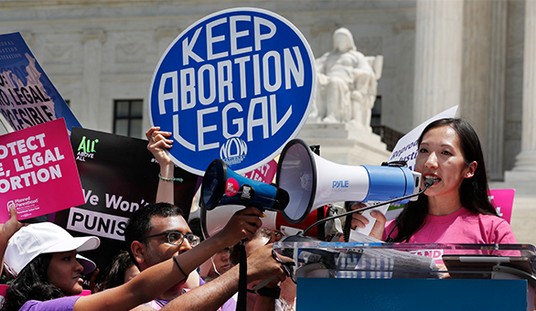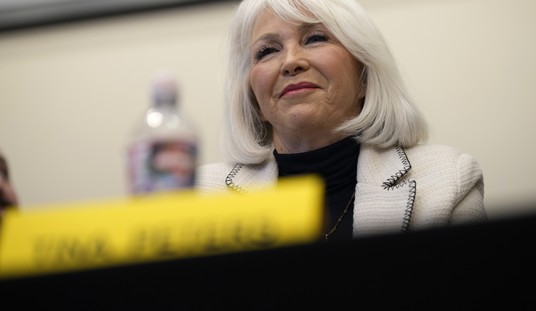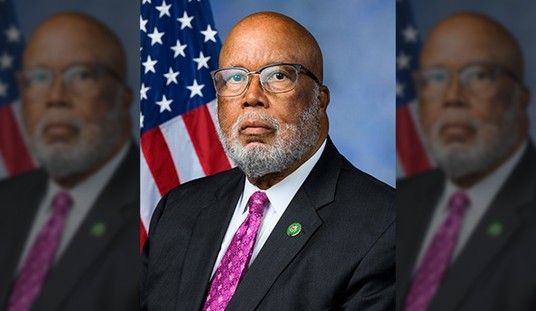We’ve all been waiting to see the updated CBO Budget and Economic Outlook for 2013 and the next ten years. Most of the news articles are focusing their headlines on the deficit and debt numbers projected in the CBO report. But remember that the reason why CBO deficit projections always understate the reality is because they overstate the amount of revenue they expect to come into the Treasury.
CBO projects the gross federal debt to rise to $26.1 trillion by 2023, just under $10 trillion more than it is today. However, this fails to tell the full story. CBO is projecting revenues to climb to 19% of GDP, even as they predict lethargic economic growth and high unemployment for the foreseeable future. This is all the result of their ridiculous practice of statically scoring every dollar of a tax increase as a dollar more earned by the Treasury. To that end, they are projecting more revenue as a result of the Obama tax hikes.
This is why it’s important to focus on the spending figures in the report. The projected cost of the federal government during the 10-year budget period from 2014-2023 is $47.2 trillion. Spending will rise every year for every program (except for defense during the first few years), topping out at $5.94 trillion in annual spending in 2023. That’s a rate of growth of about 6.7% per year, trouncing the growth of the private sector.
Mandatory spending will comprise roughly $29 trillion of all outlays for the next 10 years, while discretionary spending will top out at $12.85 trillion. The big three entitlement programs – Social Security, Medicare, and Medicaid – will cost $11.15 trillion, $8.07 trillion, and $4.36 trillion respectively. Spending on other welfare programs (not including Medicaid) will check in at around $3.3 trillion.
Keep in mind that none of this includes realistic projections of the cost of Obamacare. CBO admits that it lacks the capacity to estimate the true cost because there are so many unknown variables at this point. What they are able to project though is that 7 million workers will lose their employer-provided coverage as a result of Obamacare.
Also, CBO has historically low-balled the projected cost of welfare programs, especially on light of the ever expanding loopholes that encourage broader participation. Here’s what CBO says about their projections of outlays on entitlements s for the later years of the budget frame:
“projections for the period covered in this report do not fully reflect long-term budgetary pressures, although upward pressure on the federal debt is evident in the later years of that period. Under current law, the aging of the population, the rising costs of health care, and the scheduled expansion in federal subsidies for health insurance will substantially boost federal spending on Social Security and the government’s major health care programs, relative to GDP, for the next 10 years and for decades thereafter. Unless the laws governing those programs are changed—or the increased spending is accompanied by corresponding reductions in other pending, sufficiently higher tax revenues, or a combination of the two—debt will rise sharply relative to GDP after 2023.”
Obviously, CBO also assumes that the 10-year defense sequester remains in place and that there are no new wars over the next 10 years. In addition, they are assuming the treasury rates will remain at record lows for a good part of the budget frame, enabling us to borrow more money with lower interest payments. If rates return to their historical averages at an earlier date, we could easily add several hundred billion more in interest payments on the debt per year.
When examining a report like this, the key question conservatives must ask is if government spending will continue to grow faster than the private economy. The answer is a resounding yes.













Join the conversation as a VIP Member